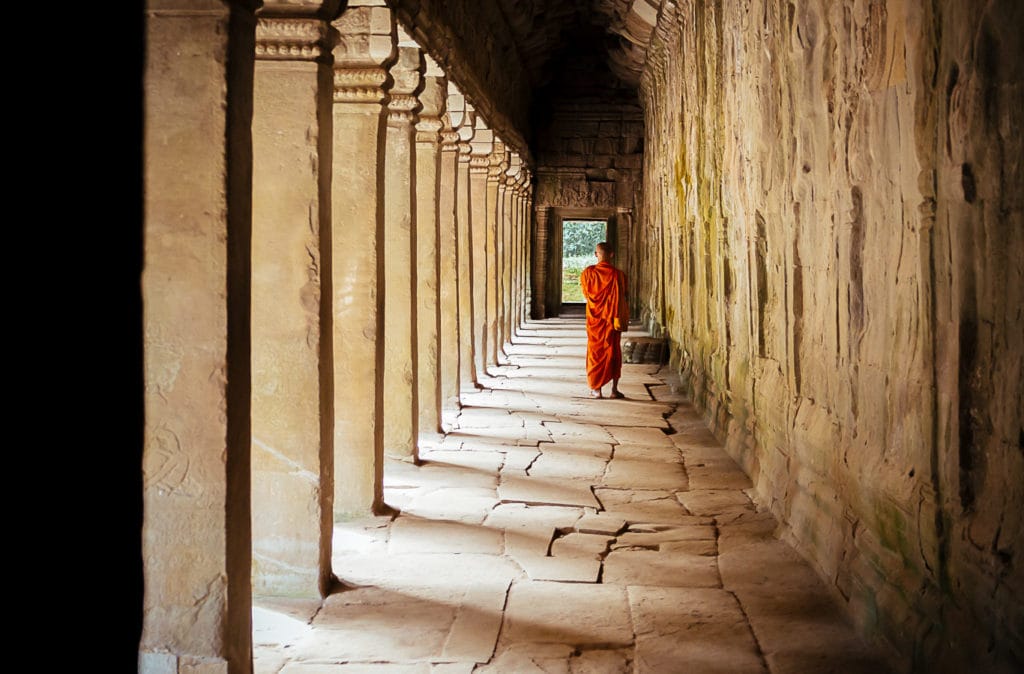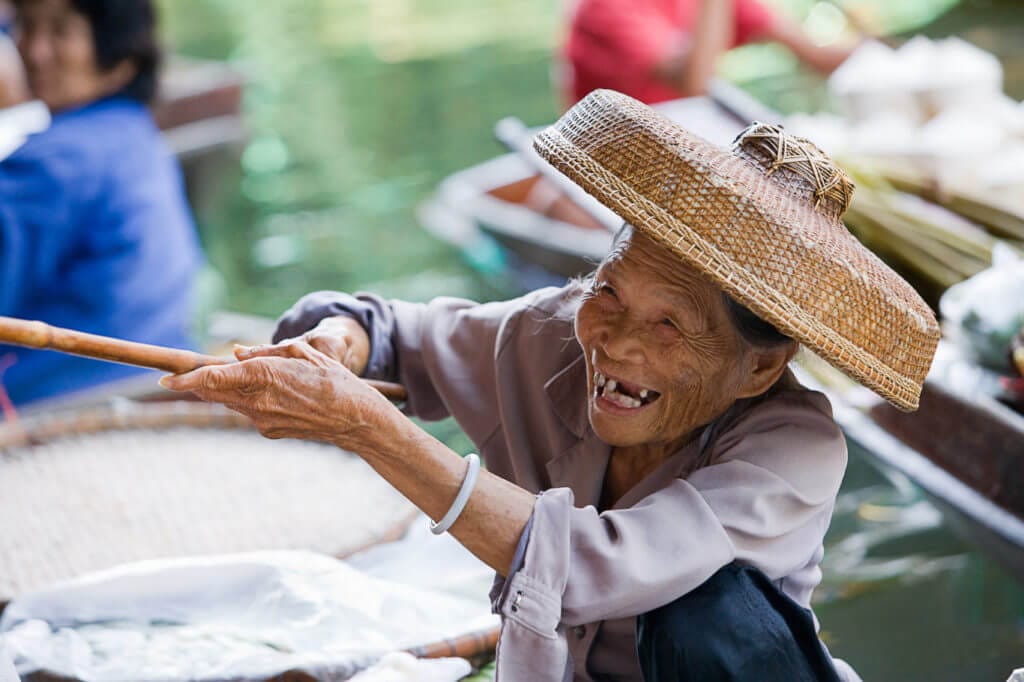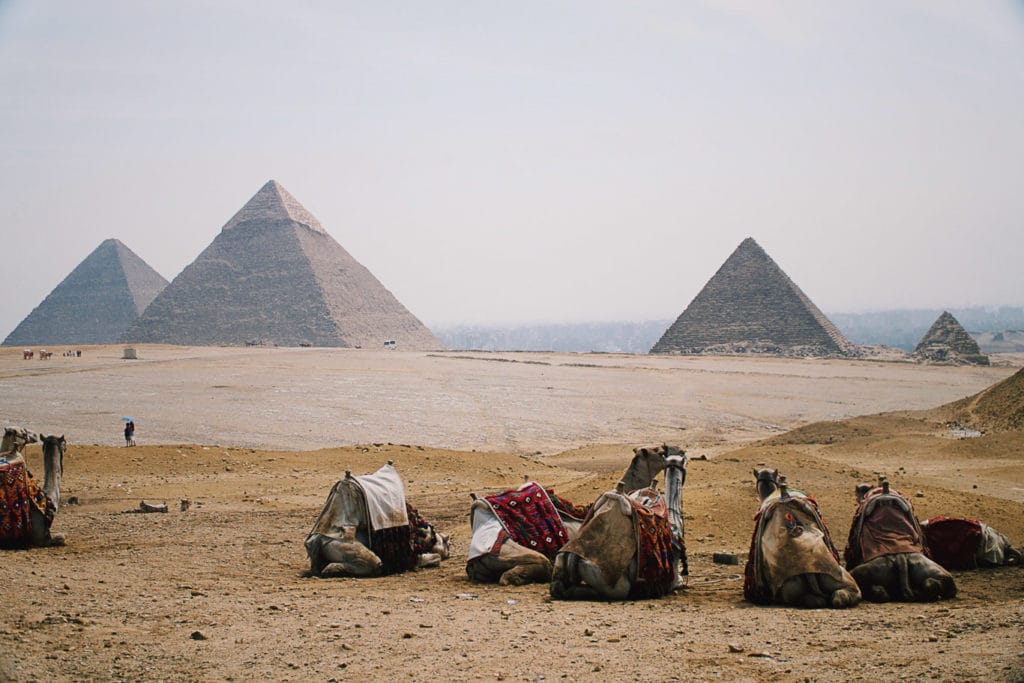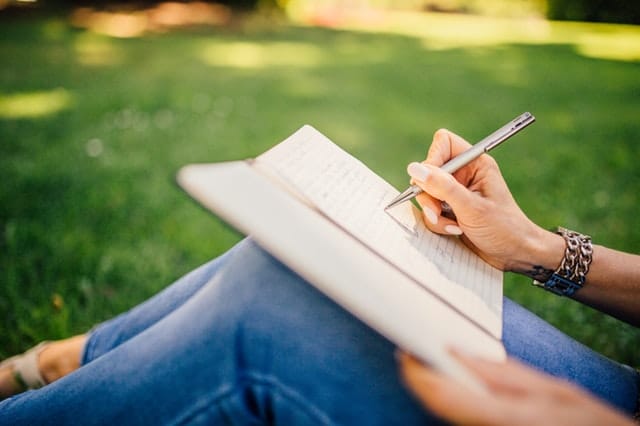Galileo Case Study in Italy
Study STEM in Italy
The Worldwide Navigators Difference


Sojourn – Gain a better understanding of the community you’re visiting. Learn about different religions or spiritual practices. How do these impact the communities? How does religion or spirituality influence local traditions?
1 of 1

Savor – Will you choose sweet or savory? Take the time to visit local markets and discover unique local ingredients. Learn how to prepare traditional meals & local favorites.
1 of 1

Tip of the Tongue – Each morning, take the time to learn a few basic greetings and phrases in the local language. Learn how to write greetings & your name in the local script.
1 of 1

A Wrinkle in Time – History influences our present. Discover the history of the country you visit. Hear the stories of your guides & their family history. Where do they come from?
1 of 1

Journal Journeys – Take some time to reflect on the day’s events and document your journey. Spend a moment journaling about the day had & day ahead. These are memories for a lifetime!
1 of 1

Culture – From local dances, festivals, or simple gestures to communicate – all of these make up a country’s culture. Learn and practice cultural norms & how to show respect in the culture you visit.
1 of 1Itinerary
As you arrive in Pisa, Italy, get acquainted with your guide and spend the evening strolling around the fashionable Borgo Streto where you can check out Palazzo Bocca. There’s a plaque there marking the period when the Galileo family lived nearby. Get ready for a week-long adventure through the inventions and innovations of the “Father of Modern Science.”
Your first day out takes you to the House of Galileo. This museum honors the life and inventions of Galileo Galilei, who was born in Pisa in 1564. Afterward, visit the Pisa Botanic Garden, which is located nearby.
Any visit to Pisa requires a stop at the famous 14th-century Leaning Tower of Pisa and the Piazza del Duomo. The medieval-era, marble-bedecked Cathedral of Pisa, located within this area, is where Galileo was baptized, and where he was consecrated as a scientist.
Visit the University of Pisa, established in 1343, where Galileo was a professor of mathematics. The esteemed and historic university offers courses in civil and industrial engineering, mathematics, physics and computer science. The university’s Natural History Museum is one of the oldest museums in the world. It has an aquarium, a garden and galleries on mammals, minerals, reptiles, amphibians and cetaceans.
Today you’ll explore 17th to 19th-century paintings, tapestries, armor and furniture at the National Museum of the Royal Palace. Afterward, you’ll visit the Museum of Mathematical Instruments. Delve into centuries of math history, checking out tools and instruments such as early calculators, abacuses, slider adding machines and rulers as well as astronomy tools. If it was used for measuring electromagnetism, optics, acoustics and more, you’ll likely be able to find it here.
After an early morning 1.5-hour drive to Florence and getting checked in to your hotel, you’ll head out to the state-of-the-art History of Science Museum, also known as the Museo Galileo, which sits along the Arno River. It features items pertaining to astronomy and mathematics such as telescopes, barometers, globes and more. Hands-on exhibits allow you to get up close and personal to see how the scientific instruments work. On the bizarre side, there are also exhibits featuring two fingers and a tooth that belonged to Galileo.
Visit Galileo’s tomb and the beautiful art and architecture inside the Basilica of Santa Croce. There are monuments to Michelangelo, Machiavelli and Galileo. This evening, take in a symphony performance at the Maggio Musicale Fiorentino.
The Museum of Zoology and Natural History, also known as La Specola, is next on the itinerary. Specola, which means “observatory,” refers to the astronomical observatory that was built here in 1790. It’s the oldest European science museum and has more than three million taxidermied animals and anatomical wax figures. Many of the animal exhibits date back to the times of the Medici family, supporters of Galileo.
Nearby is the Palazzo Pitti, or Pitti Palace as it’s often called. Three dynasties lived in this grand palace over the course of four centuries. One of those dynasties, the Medicis, were proud supporters of Galileo’s scientific work and studies. It’s now home to the seat of the Treasury of the Grand Dukes and three museums: the Palatine Gallery and the Royal and Imperial Apartments, the Gallery of Modern Art and the Museum of Fashion and Costume.
Spend your last morning in Florence with a cup of Italian roast and a savory snack. Take a walk around the historic squares and pick up some last-minute souvenirs for yourself or friends back home.
From Jupiter’s moons to the proportional compass and telescope to the celatone, Galileo Galilei gave the world a new way to look at the world. Your educational student tour to study STEM in Italy will take you through his life and contributions to math, physics, engineering, astronomy and philosophy.
Value
3-6 Day
Group Trips
- Airfare
- Transportation
- 2.5 - 3-Star Accommodations
- Daily Activities & Excursions
- 2 Meals Per Day
- Tours & Entrance Fees
- Daytime & Self-Guided Tour Director
- 1 Impact Project
Classic
7-12 Day
Group Trips
- Airfare
- Transportation
- 2.5 - 3-Star Accommodations
- Daily Activities & Excursions
- 2 Meals Per Day
- Tours & Entrance Fees
- Daytime Guided Tour Director
- Up to 2 Impact Projects
Epic
7-14 Day
Group Trips
- Airfare
- Transportation
- 3.5 - 4-Star Accommodations
- Daily Activities & Excursions
- 2 Meals Per Day
- Tours & Entrance Fees
- 24/7 Guided Tour Director
- Up to 3 Impact Projects
- Final Night Celebration Dinner
Interested in adding or modifying activities? No problem! All Worldwide Navigator itineraries can be customized to your liking!
In collaboration with our partners


